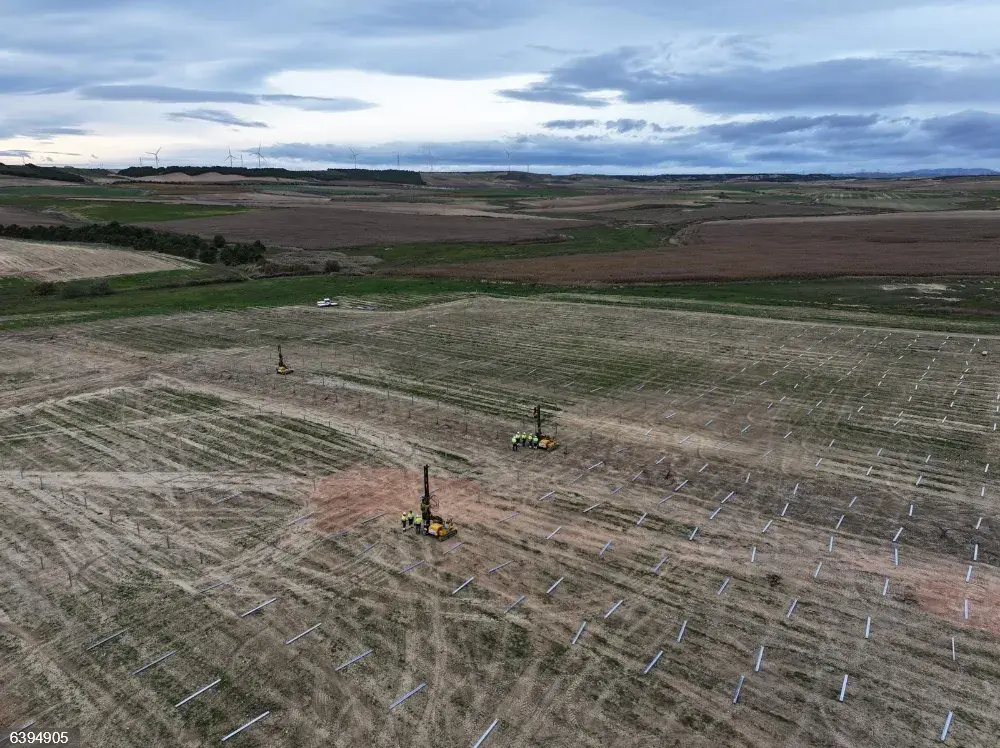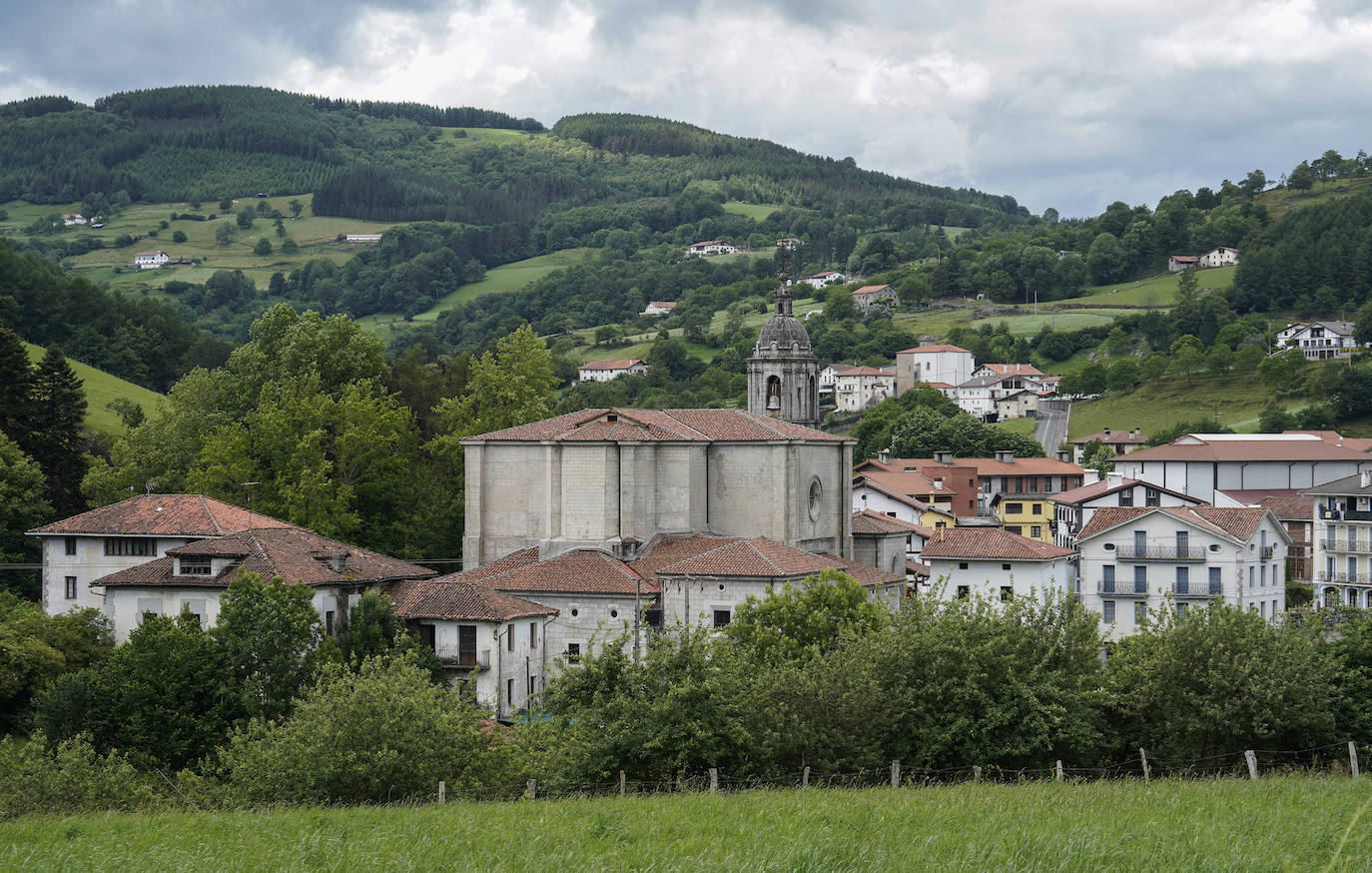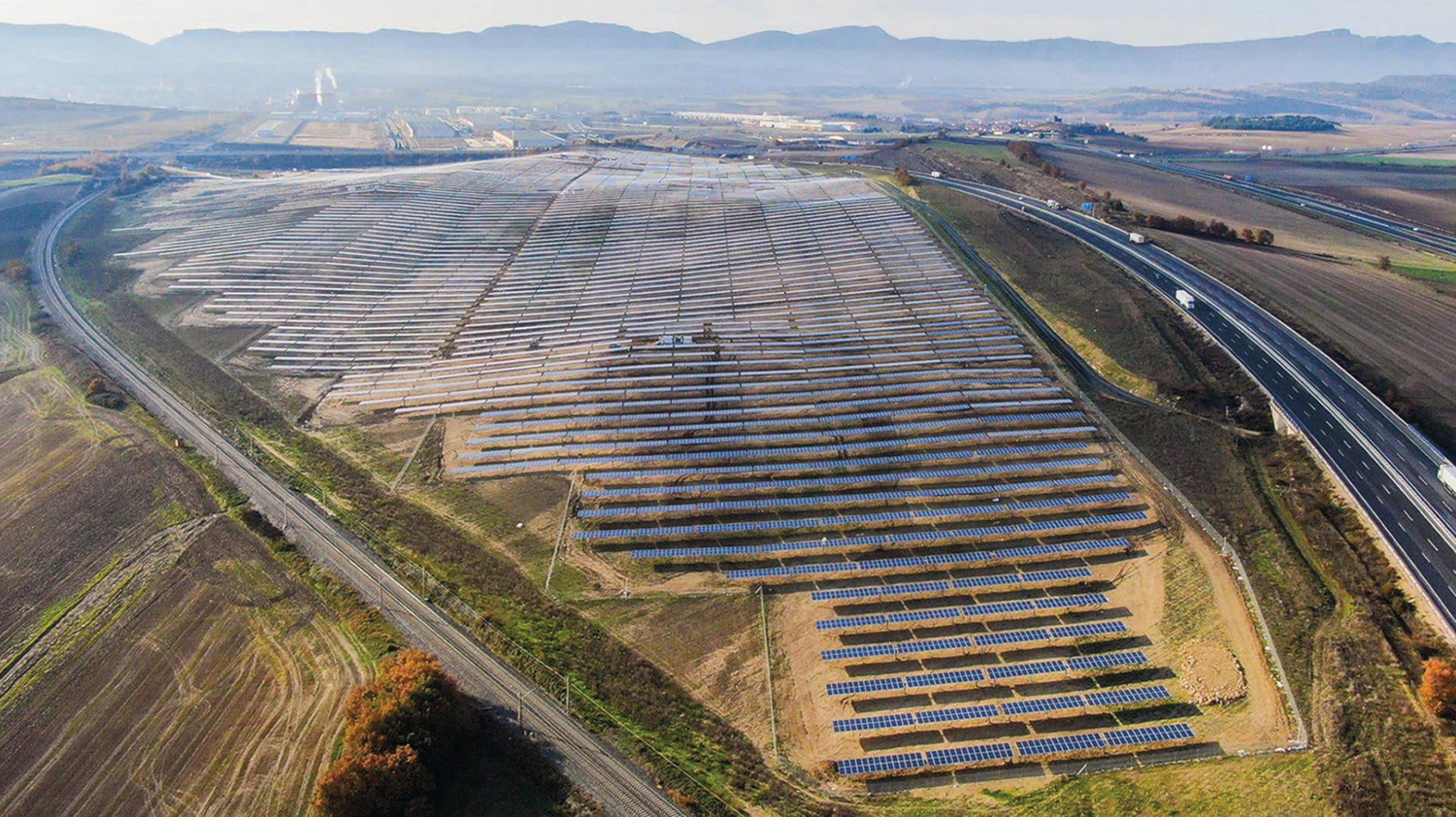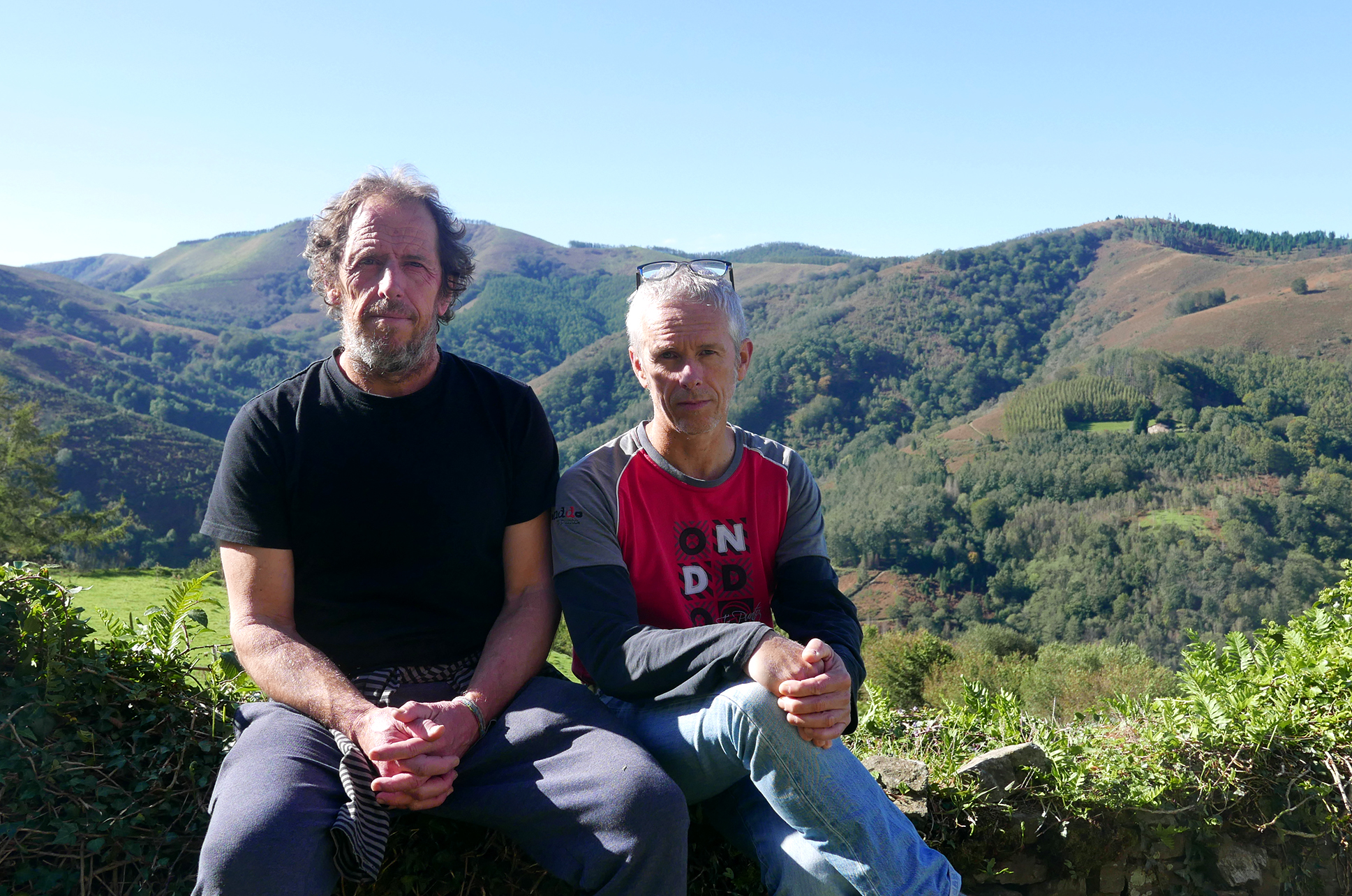The government changes its renewable land plan to make more space for large-scale wind turbines
- On December 20, the Basque Government approved the provisional version of the plan and a large number of “low and medium” capacity areas are now listed as “medium and high” capacity.

The processing of the Territorial Renewable Energy Sector Plan of Álava, Bizkaia and Gipuzkoa continues and, on December 20, it goes a step further, with the approval of the provisional version, “taking into account the allegations presented in public information”.
The document introduces a number of changes compared to the initial approval of the plan. Some of the changes made have been included in an “annex to the changes” contained in the Provisional Approval Order, but not others.
In addition to the 27 areas where large-scale renewable infrastructures are located, the Territorial Sectoral Plan (PTS) specifies other possible areas according to their “capacity”
In addition to the 27 areas where large-scale renewable infrastructures are located, other possible areas are defined in the Sectoral Territorial Plan (PTS) according to their “capacity”. Well, large areas with “medium” capacity are now designated as “high”, where it is possible to establish large-scale wind power plants – with 5 wind turbines or more than 30 MW of power.
The same is true for many areas with “low” capacity, which now have “medium” capacity. In this case, the wind power plants would be less than five wind turbines or 30 MW of power, but still have large infrastructures.
In many municipalities, such upward changes have been made, for example in the Pagoaga district of Hernani and around Mount Onddi, just in the area of the Urumea Mountains that want to build the largest wind farm in the Basque Country. In other places, the capacity to install renewables has decreased, such as in the rural areas of Olaberria, Bergara and other municipalities in the interior of Gipuzkoa, but the latter are only exceptions.
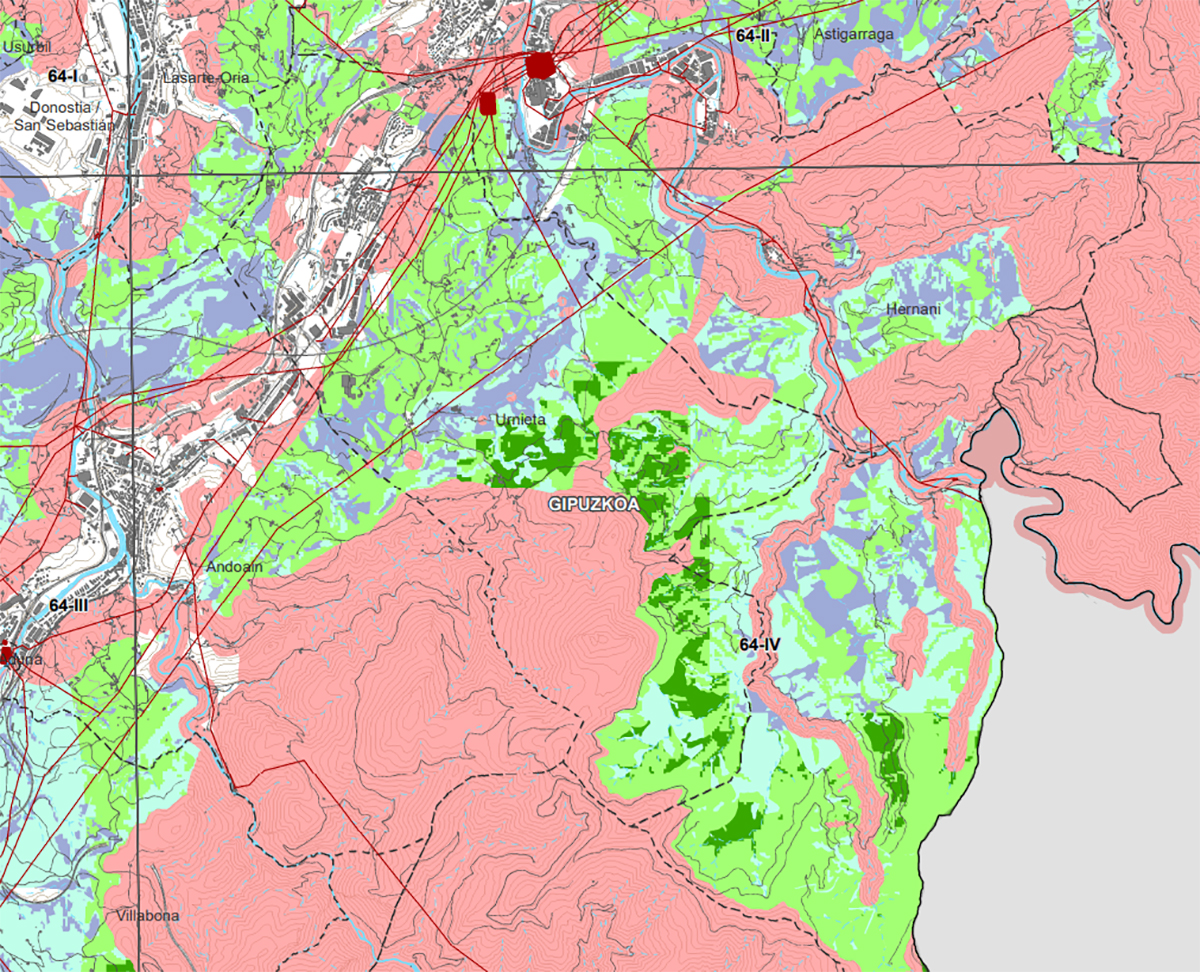
“The Attraction Effect”
“The changes are unjustified,” explains Mikel Alvarez, an environmentalist in the anti-wind movement who has analyzed these data. According to him, the locations where wind turbines could be placed in the advance of the PTS were many more; then, in the initial version of the plan, many of them were removed; and now, with the changes in the provisional version, “we somehow return to what was in the advance document.”
According to Álvarez, this “facilitates” the way for companies and creates an “attraction effect” as if the territories of Álava, Bizkaia and Gipuzkoa were free to install large-scale renewable infrastructures.
The document will now be sent to the Basque Territorial Planning Commission, while the Strategic Environmental Review will be sent to the Directorate of Environmental Administration. And the government expects to approve the final version, “after the completion of the fair studies” in these bodies, according to the press release.
On the other hand, the large number of wind power projects that have begun to be processed before the approval of this PTS will continue, since the areas that are not included in the plan will not be negligible for the installation of wind power, and the projects that appear to be progressing will be added to the final document through an additional provision, Álvarez clarifies.
Environmental activist Mikel Álvarez has produced an exhaustive critical report on the wind macro-power plants that Repsol and Endesa intend to build in the vicinity of Arano and Hernani of the region. In his opinion, this is "the largest infrastructure of this kind that is... [+]











.png)


